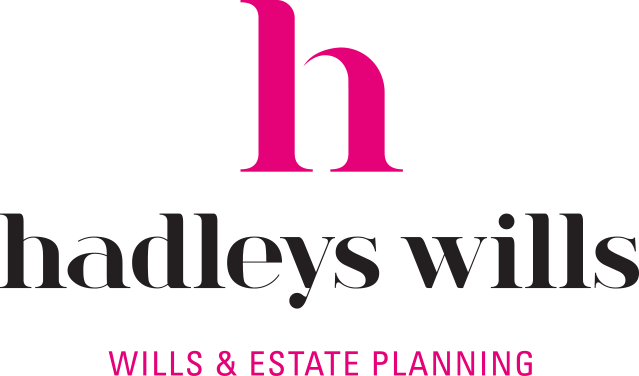Trusts FAQ
Property is deemed to be the assets owned that are placed into the trust. This can include money, investments, land, buildings and artwork. The money and investments held within the trust are often referred to as the 'capital' or 'fund' of the trust.
The settlor is the person who has established the trust and put property into it. Property can be put into the trust by the settlor when the trust is created or at a later date.
The trustees are the legal owners of the property held in the trust. They are legally responsible for looking after the trust property for a particular purpose. The trustees administer the trust and make decisions regarding how the property held in the trust is to be used - e.g. loans to beneficiaries, absolute gifts, income to beneficiaries.
The beneficiary is anyone identified within the trust who can potentially benefit from the property held in the trust.
There can be one or more beneficiaries, such as a family or a class of people; for example, the settlor's children. Each beneficiary can benefit from the trust as required, and this does not need to be equally. Trust solution frameworks put into place by us frequently use discretionary pilot trusts that are established during the settlor's lifetime with a £10 trust fund. This allows all trusts created by us to be used by clients during their lifetime and provides a greater level of flexibility.
These trusts hand a lot of power to the trustees. The trustees ‘discretion’ is used to decide how the trust is run, how to use the trust’s income and even to decide how the assets in the trust are distributed. We highly recommend a Letter of Wishes is put in place alongside the trust. This provides guidance to the trustees regarding how the settlor would like the trust assets to be handled.
0800 292 2030
or use the enquiry form below




